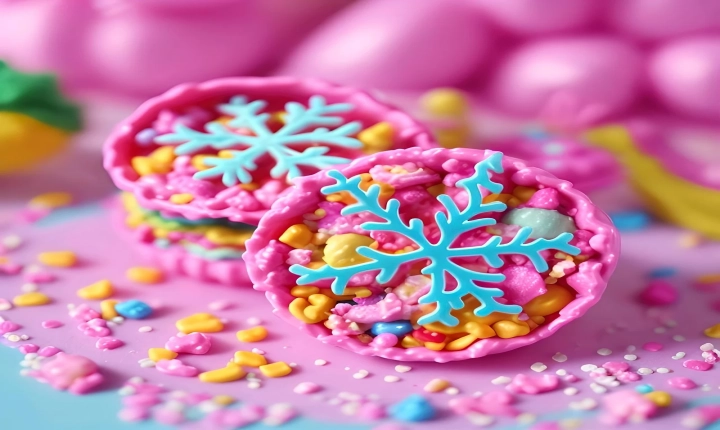Title: The Rise of AI Portraits: How Are People Making AI Pictures of Themselves?
In recent years, the world of technology has seen a remarkable advancement in the field of artificial intelligence. One of the most intriguing applications of AI has been the creation of lifelike portraits and images of individuals. This groundbreaking technology has opened up a new realm of possibilities for self-expression and creativity, as people are now able to generate realistic AI pictures of themselves with the help of various applications and software.
So, how exactly are people making AI pictures of themselves? One of the most popular methods is through the use of AI-powered photo editing applications. These apps employ sophisticated algorithms to analyze the facial features of an individual and generate a hyper-realistic portrait or image that closely resembles the person. Users can simply upload a photo of themselves, and the AI software will work its magic to produce an incredibly detailed and lifelike image.
Furthermore, some AI portrait generators utilize a technique called “style transfer,” which allows users to apply artistic styles to their photos. This process involves taking a user’s photo and transferring the visual characteristics of a particular artwork or style onto the image, resulting in a unique and personalized AI portrait. This approach not only produces visually stunning results but also enables individuals to experiment with different artistic aesthetics and expressions.
Moreover, the rise of deep learning technology has propelled the development of AI-based platforms that specialize in creating lifelike avatars of individuals. These platforms harness cutting-edge neural network models to analyze and synthesize facial features, expressions, and gestures, generating highly detailed and accurate AI portraits. Users can customize various aspects of their avatars, such as hairstyle, clothing, and background, to create a virtual representation that closely mirrors their real-life appearance.
The ability to make AI pictures of oneself has captured the imagination of people from all walks of life. From artists and content creators to social media enthusiasts, individuals are embracing this innovative technology to create stunning visual representations of themselves. The allure of AI-generated portraits lies in their ability to encapsulate the essence and personality of an individual, showcasing a digital interpretation that is both captivating and thought-provoking.
However, as with any emerging technology, the advancements in AI portraits also raise ethical considerations and concerns. The potential for misuse and misrepresentation of AI-generated images has sparked discussions about the responsible and ethical use of this technology. With the ability to create incredibly realistic fake images, the potential for misinformation and deception is a valid concern that requires careful attention and regulation.
In conclusion, the proliferation of AI-generated portraits marks a significant milestone in the intersection of technology and art. The ability to create hyper-realistic images of oneself using AI has not only opened up new opportunities for artistic expression and self-representation but has also sparked important conversations about the ethical implications of this technology. As the field continues to evolve, it is imperative to approach the creation and use of AI pictures with a conscious and ethical mindset, ensuring that this innovative technology is harnessed responsibly and positively for the benefit of society.
